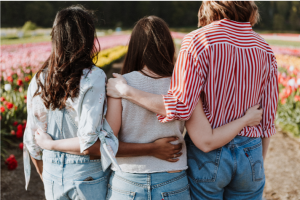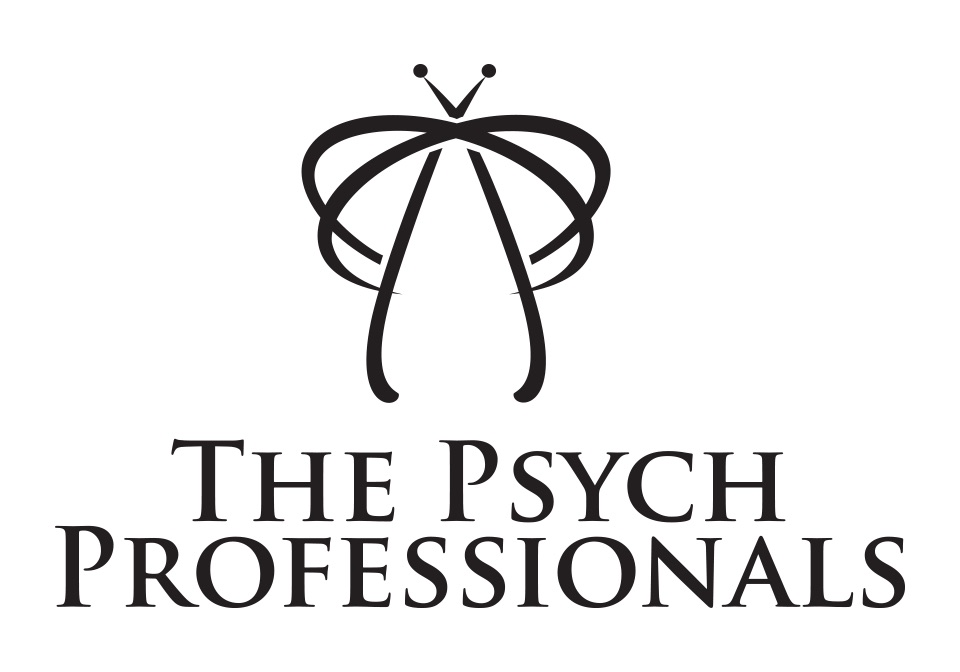White Ribbon Day – Working to Prevent Violence Against Women
 The statistics
The statistics
White Ribbon Day is Australia’s campaign to prevent violence against women by working with men and boys to create change. There is currently a worldwide domestic violence crisis, and the statistics are appalling.
In Australia:
- One woman dies every week at the hands of a current or former partner (Institute of Health and Welfare, 2018).
- One in three women have experienced physical and/or sexual violence by someone known to them (Australian Bureau of Statistics, 2013). Violence against women not only affects the individual directly, but her children too.
- One in four children are exposed to domestic violence (Australian Domestic and Family Violence Clearinghouse, 2011).
These numbers are extremely concerning and means a shift needs to happen in the way we look at, address and approach domestic violence. Think about it…….This means you probably know, or will know, someone who is affected by domestic violence – and you may not even be aware of it.
What is violence against women?
The first step in preventing violence against women is understanding its gendered nature. White Ribbon Australia utilised the United Nations definition on violence against women: “Any act of gender-based violence that results in, or is likely to result in, physical, sexual or psychological harm or suffering to women, including threats of such acts, coercion or arbitrary deprivations of liberty, whether occurring in public or private life”. Violence against women affects women’s wellbeing, the people, society and community around her, and affects her participation in society. Women are much more likely to experience sexual violence and violence from an intimate partner, and are also more likely to be afraid of, hospitalised, or killed by an intimate partner.
What is White Ribbon Day?
White Ribbon Day’s goal is to prevent domestic violence, and work to change the attitudes and behaviours that lead to violence against women. The vision behind White Ribbon day is to have a nation that “respects women, in which every woman lives in safety, free from all forms of men’s abuse”. They aim to work collaboratively, alongside men, to end men’s violence against women. White Ribbon Australia works to advocate, educate, and research everything to do with violence against women. It is the world’s largest movement engaging men and boys in the fight against women’s violence.
Types of abuse
The reality is, there are many different types of abuse, and all are absolutely unacceptable. The issue is complex however, with many women not realising they are in abusive relationships because the nature of the abuse can take so many forms.
- Physical abuse is what most people think of when they think of violence against women. This type of abuse can begin slowly and be low-key, with a seemingly mild expression of anger (e.g. a slap) and getting more intense over time.
- Financial abuse can be quite subtle and occurs when the perpetrator gradually takes control over bank accounts. It may start with “Oh he’s just really money conscious”, but increases in behaviours such as restricting spending, stopping partners from working etc.
- Emotional abuse. Although it doesn’t leave physical scars, the effects of emotional abuse can have dreadful, life-long effects. It can be in the form of taking someone’s independence, confidence and self-esteem. The aim of this behaviour is to maintain power and control in the relationship, and includes behaviours like blaming the partner for all the problems, threatening suicide, online humiliation and embarrassing them in front of friends and family.
- Verbal abuse playsa huge part in emotional abuse and can include behaviours like name-calling, criticism and swearing in public or at home.
- Social abuse includes preventing a person from spending time with friends and family, and purposefully isolating them socially – again, in an attempt to gain power and control. This includes monitoring phone calls, criticising your friends and family, and deciding who you can spend time with.
- Sexual abuse includes any form of forced or unwanted sexual activity, which may be using physical force, threat making or taking advantage without consent. Sexual abuse can include rape, unwanted touching, and using sexually degrading insults.
- Other abuses include: spiritual abuse, dowry abuse, elder abuse, and reproductive coercion.
Signs of an abusive relationship
It may not always be easy to identify if you or someone you know is in an abusive relationship because of the many different ways it can present. The perpetrator’s behaviours are typical of the jealousy, possessiveness, put downs, threats, and violence that occur in these relationships. Some common signs are:
- Controlling – in terms of money, clothing, who they socialise with
- Physically assaulting and yelling
- Constant criticism – on her intelligence, appearance, mental health
What to do if you think you’re in an abusive relationship?
It can be really hard to admit that you may be in an abusive relationship, but it is the first step in seeking help. Please remember that no one deserves to be treated this way, rather you deserve to be loved and respected. You might be afraid to seek help due to your partner’s control over you, but here are a few ways you can seek help:
- Hotlines: there are quite a few hotlines that are available, and the White Ribbon website has a great list: https://www.whiteribbon.org.au/find-help/domestic-violence-hotlines/
- Local services: finding local services that can support you can also be very useful. Use this tool on the White Ribbon website to find services near you. https://www.whiteribbon.org.au/find-help/support-services/
- Talk to a friend: find someone close to you that you can safely speak to about your experiences. Speaking to a friend can help you unload some of your hardships, and relieve you of some mental load. A friend could also help you seek professional help.
How to support someone in an abusive relationship
Supporting someone who you suspect or know is/was in an abusive relationship can be difficult. Above all, be open minded while listening to them – don’t rush to provide advice; they need someone to hear them out. To you, from the outside, leaving may be the obvious decision. Someone in an abusive relationship may feel like they must stay for a few reasons, such as children, lack of independence or other financial support, or their feelings. Although this may be hard to hear, be supportive, encouraging and honest. They need hope that things will get better. Offer to help them get in touch with support services without being too overbearing.
White Ribbon Day 2019
This years White Ribbon Day is on 22 November 2019. Let’s have more open discussions about healthy relationships and what we can do to prevent violence against women. Let’s also use it as an opportunity to work with the men and boys around us. Let’s educate young people about abusive relationships, and the different ways it can look. It will take a united and whole-nation effort to change the way we look at domestic violence. Consider joining 214,340 Australians by taking the oath.
“I will stand up, speak out and act to prevent men’s violence against women”, because together, we can make a change.
Something to take away is that domestic violence is not taboo – the longer we avoid this topic, the longer we are allowing it to occur.
Register your oath on the White Ribbon website: https://www.whiteribbon.org.au/stop-violence-against-women/take-the-oath/
